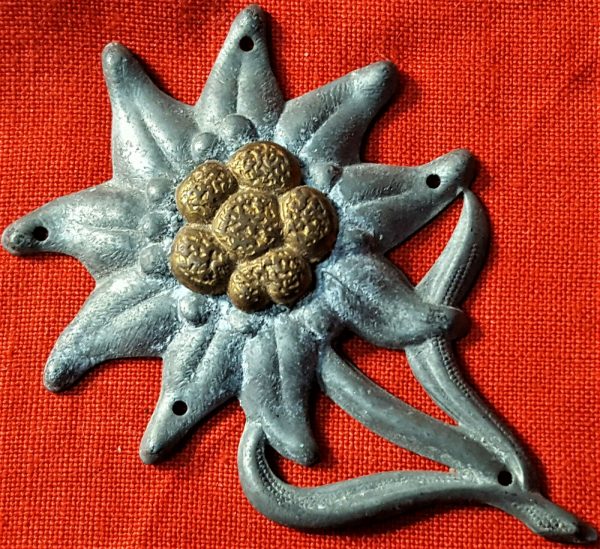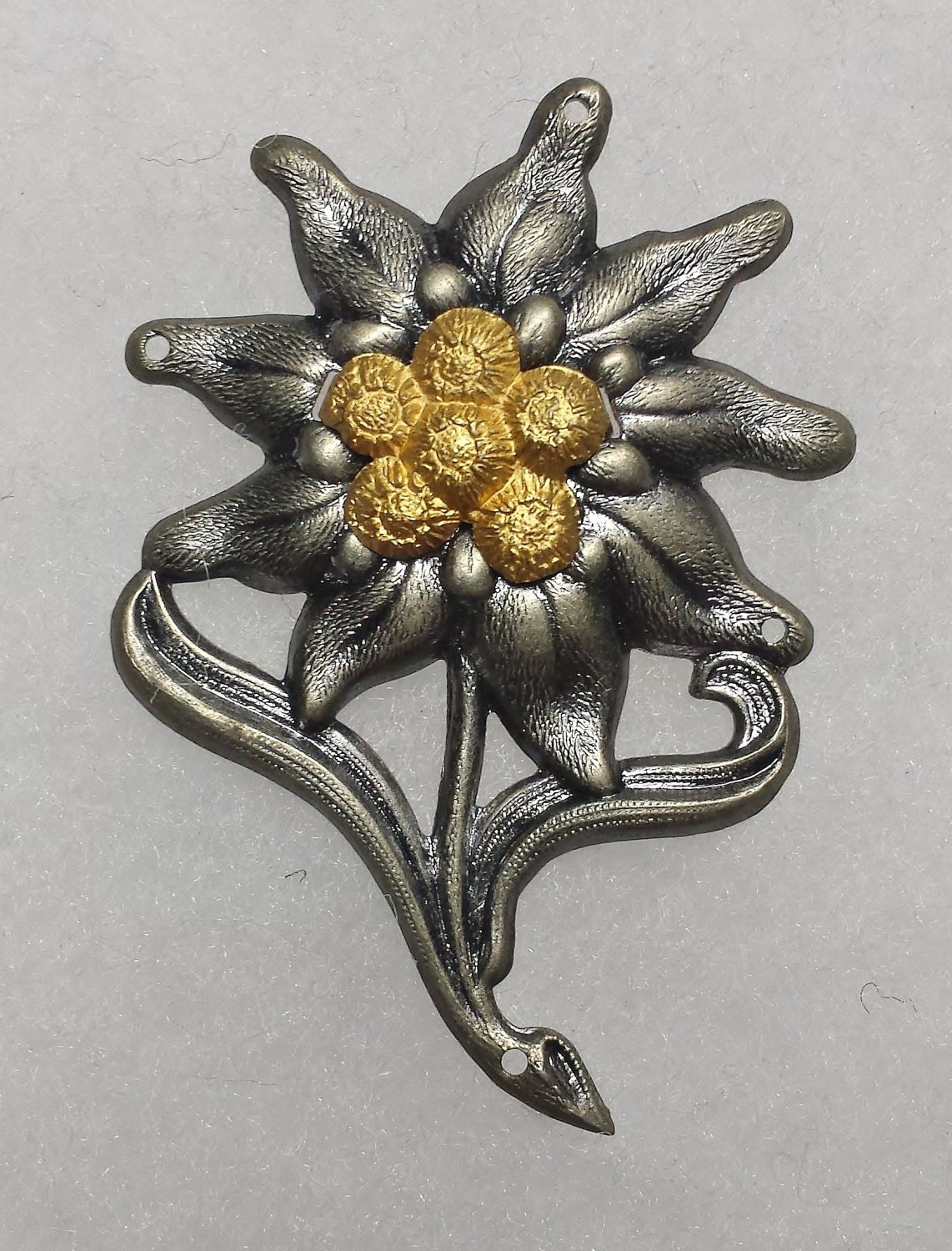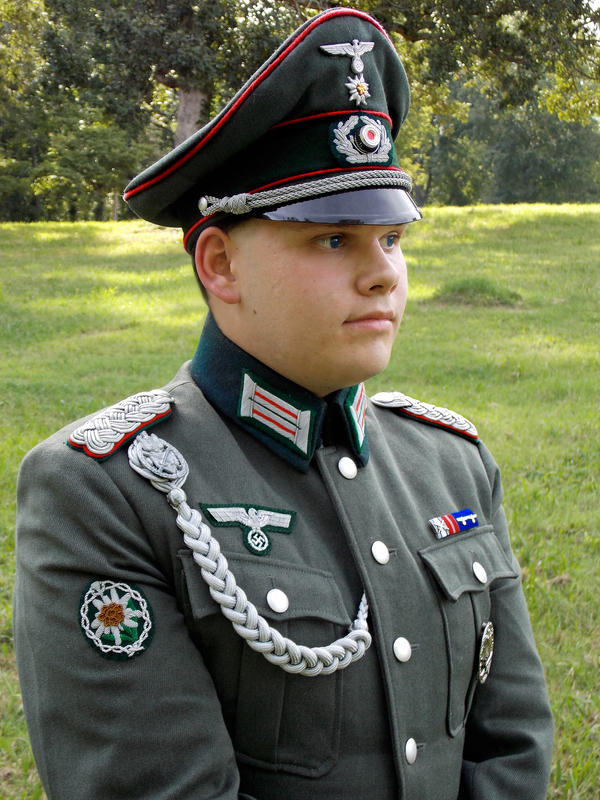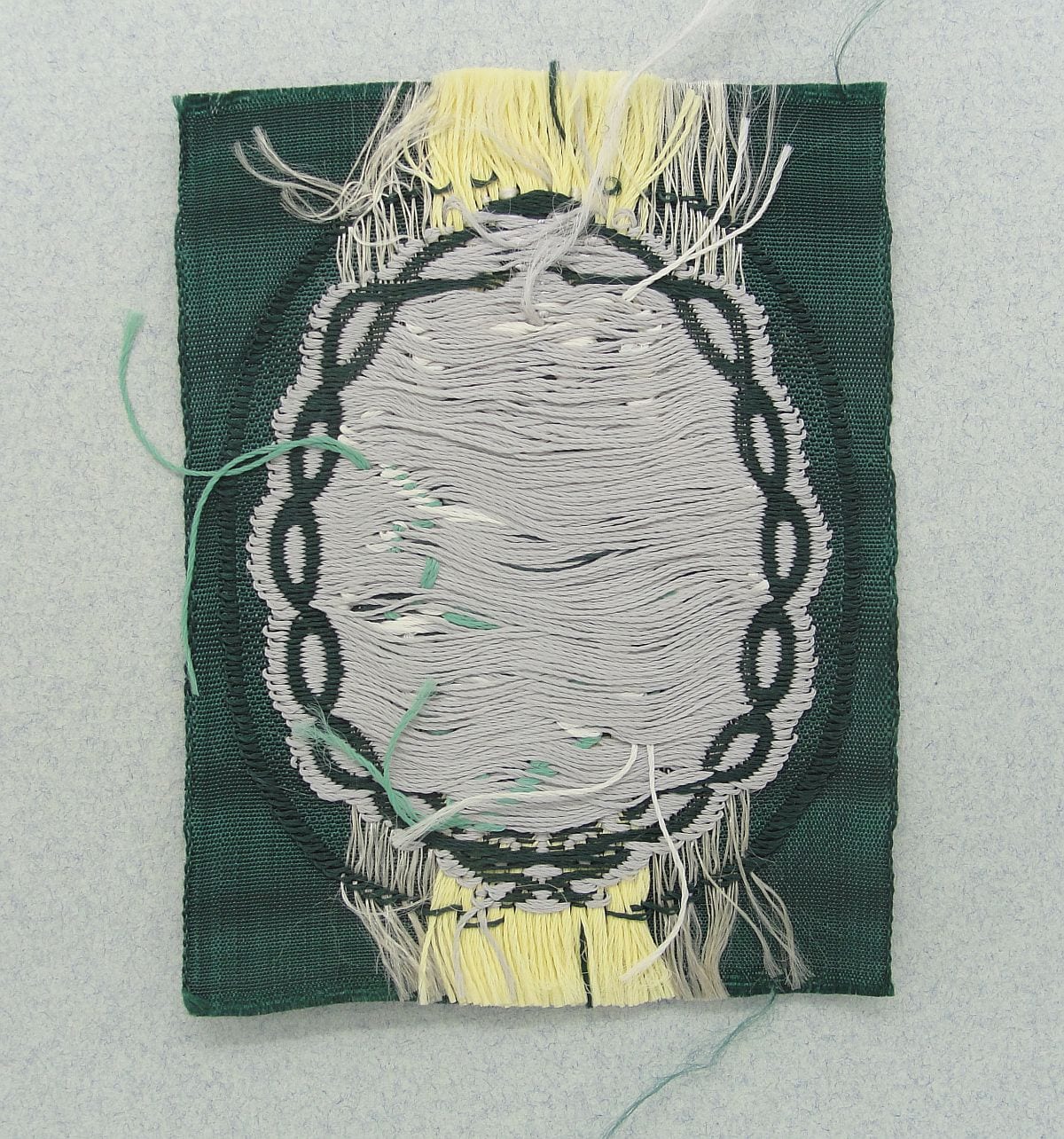
Es war ein Edelweiß (German soldier song) YouTube
Despite being portrayed as a flower with Germanic origins, edelweiss was first mentioned in Switzerland around the 16th century. Its name comes from an Austrian study in 1785 and translates to "noble white." By the mid-19th century, edelweiss was associated with alpinists, not soldiers.

WW2 GERMANY EDELWEISS MOUNTAIN TROOPS UNIFORM CAP BADGE JB Military Antiques
German soldiers wear edelweiss flowers on their uniforms as a sign of "victory" and achievement. Wearing such a flower was like saying indirectly that you've been on very high parts of rocky mountains. High tops are mostly the only places where this flower grows.

Ægte edelweiss Wikipedia, den frie encyklopædi
Edelweiss: The Flower. Commonly known as Edelweiß ( edel /noble + weiß /white) in German, the Alpine flower's Latin name is Leontopodium nivale ("snowy lion's paw"). In the French Alps the flower is called "Étoile des Alpes," while in Italian-speaking regions it is known as "Stella Alpina.". Both names translate as "Alpine.

DVIDS Images MNBGE Soldiers climb Mount Ljuboten summit for Germany’s Edelweiss Badge
Edelweiss is also a symbol of the rugged beauty of the Alps. We can also find this flower in many military ranks, emblems, coat of arms, coins, and post stamps. For example, in 1907, the Austro-Hungarian army made the Edelweiss flower the symbol of its alpine divisions. And you may have guessed it - edelweiss is the national flower of Austria.

WWII GERMAN EDELWEISS INSIGNIA
You will see the Edelweiss on certain Austrian army officials' uniforms, and on those of the German mountain troops in the Bavarian Alps. Two places you might recognise the word Edelweiss from are: The song 'Edelweiss' from the musical The Sound of Music. This song is using the symbol of the Edelweiss to talk about Austrian patriotism.

WWII German Metal Edelweiss Cap Badge Pin Insignia Ancient silver German Army Edelweiss Mountain
Free Vacation Guide Experiences The Germans have this amazing word: Wanderlust. It means a very strong, irresistible urge to travel. Chances are you know what this feels like. Treat your Wanderlust to one of our many guided day tours. The whole region is crawling with castles, gorges, monasteries and more.

Germany Edelweiss by zeedoktorisin on DeviantArt
Leontopodium nivale, commonly called edelweissAlpen-Edelweiß, English pronunciation ), is a mountain flower belonging to the daisy or sunflower family Asteraceae. The plant prefers rocky limestone places at about 1,800-3,400 metres (5,900-11,200 ft) altitude.

Pin on Faces of War
Gebirgsjäger ( German pronunciation: [ɡəˈbɪʁksˌjɛːɡɐ]) are the light infantry part of the alpine or mountain troops ( Gebirgstruppe) of Germany, Austria and Switzerland. The word Jäger (meaning "hunter" or "huntsman") is a characteristic term used for light infantry in German speaking countries. Origins [ edit]

Metal Edelweiss Badge WWII WW2 German Army Elite Edelweiss Mountain Troops Hat Cap Cockade
Black Edelweiss joins not only the growing body of German military memoirs, but the more select, more narrowly-focused group of personal memoirs by other Waffen-SS enlisted men.

66 best Colorized World War II Photos images on Pinterest History, World war two and Military
The name Edelweiss comes from the German words for noble, edel, and white, weiss. For its Latin name, the Leontopodium term is a reference to the Greek term for a lion's paw. This is a reference to the fuzziness of the leaves and flower petals of this plant. Edelweiss Flower Meaning & Symbolism

Buy WW2 German Army ELITE Edelweiss Mountain Troops HAT BADGE from Reliable
The edelweiss, otherwise known as Leontopodium alpinum, is a flower native to the Alps and is a national icon in Switzerland. The name, in German, is a combining of the words for 'noble' and 'white.' It's beautiful, unique, and it grows more than 10,000 feet above sea level, so finding one means you've made quite the hike.

Pin on German Army 6
The Edelweiss became the symbol of the German Gebirgsjäger. Although the Bundeswehr does not formally carry the traditions of any pre-1945 units, the Gebirgsjäger continued to wear the Edelweiss cap badge and informally maintain the traditions of the Alpenkorps. Notable members of the Alpenkorps. Hermann Balck; Otto von Below; Franz Ritter.

The Edelweiss
The first written trace of the name edelweiss, which in German means 'noble white', appeared in a 1785 study by Austrian naturalist Karl von Moll, but it wasn't until the mid-19 th century that the name caught on when several famous German-speaking botanists started using the name. Since this time, the name edelweiss has transcended.

Band of Brothers Edelweiss YouTube
As the German armor advances the American 2nd Armored Division arrives and engages the Germans, who are routed. Blithe approaches the German line and finds the body of a soldier he shot; he takes the edelweiss flower from the dead man's coat and keeps it. Another patrol is organized, and a volunteer is needed to inspect a nearby house.

German Army Mountain Troops Gebirgsjäger Sleeve Edelweiss Original German Militaria
The name Edelweiss is German and means "noble white". There are about two to ten yellow flower heads in the middle, surrounded by white wooly leaves. Pixabay Edelweiss in Literature The American writer Mark Twain was no fan of this flower when he visited the Alps in 1881, and he even went so far as to call it ugly.

Edelweiss badge. WW2 German military sign. COPY in
Also known as Leontopodium alpinum, edelweiss is a perennial plant of the family Asteraceae, native to the Alps and South America. Each cluster is usually composed of two to ten yellow flower.